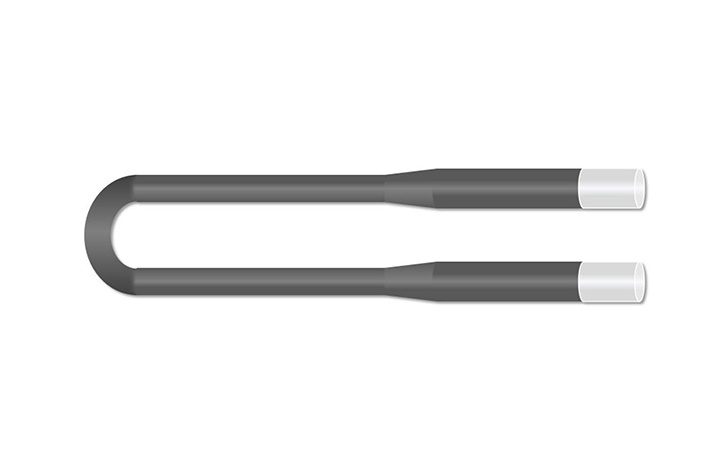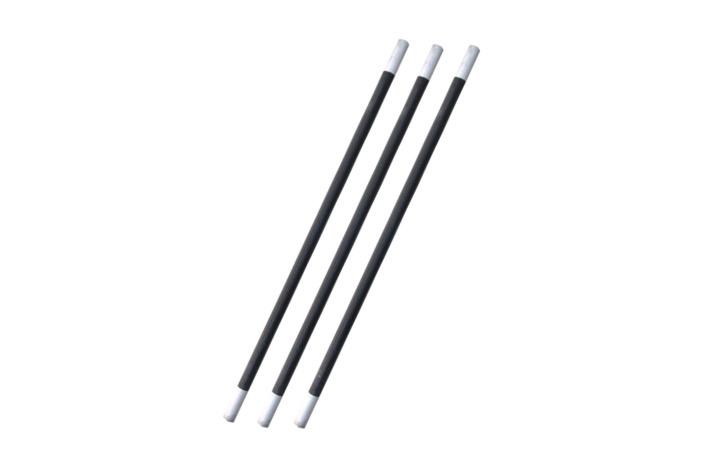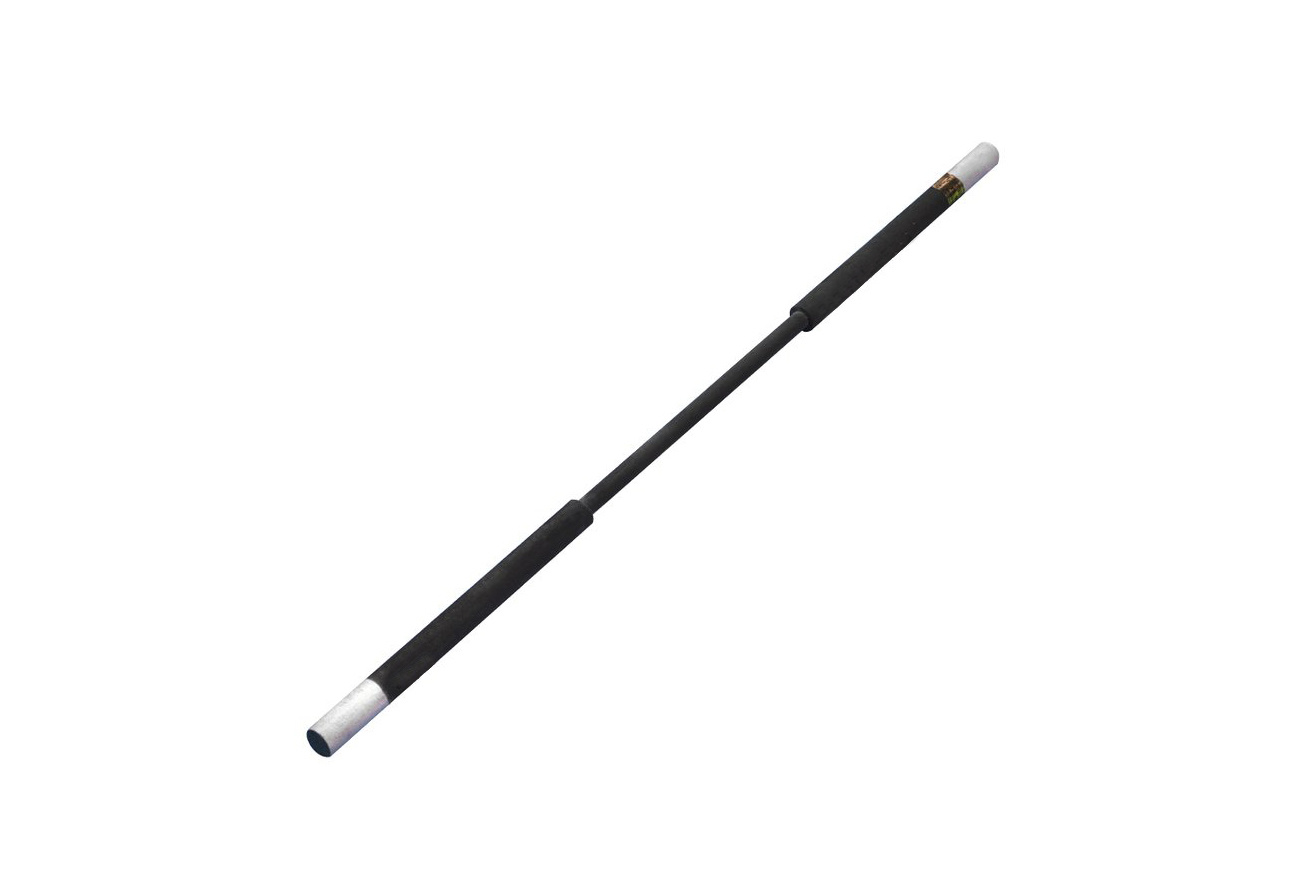Alumina ceramic tube
The inner cavity at both ends of the roller rod should be filled with refractory fiber cotton that is 30-50mm long, with a filling depth of 60-80mm, but not exceeding 100mm.
Classification:
keyword: Alumina ceramic tube
Share:
Product Description
General Usage Methods of Ceramic Roller Rods
① The inner cavity at both ends of the roller rod should be filled with refractory fiber cotton with a length of 30-50mm, and the filling depth should be 60-80mm, but should not exceed 100mm.
② The protective coating on the surface of the roller rod can reduce the corrosive effect of chemicals on the roller rod and lower the occurrence of breakage accidents, so the surface of the roller rod should be coated with a protective layer before entering the kiln. The length of the coating is generally advisable to be 100mm longer than the effective width inside the kiln, with a thickness between 0.8mm-1.2mm. For specific usage methods, please refer to the introduction of roller rod protective coatings.
③ Before loading into the kiln, the roller rod should be fully dried beside or on top of the kiln (about 1-2 days) before it can be used in the kiln.
④ Regularly and promptly clean the adhesive and attachments on the surface of the roller rod. The roller rod is a brittle material, and care should be taken to avoid striking, colliding, impacting, or using other methods that may cause mechanical stress during cleaning.
⑤ When replacing roller rods, it is generally better to cool down to 800℃. Whether loading into or pulling out of the kiln, the roller rods should be done as quickly as possible. The pulled-out roller rods should use the correct cooling method to prevent local rapid cooling from causing wind crystals.
⑥ When pulling out the rod at high temperatures, it should be done quickly and the roller rod should be rotated, placed on a special rotating support padded with refractory cotton, and kept in a rotating state until the temperature drops below 600 degrees, or covered with insulation cotton for slow cooling. The hot roller rods that are pulled out must not come into direct contact with the ground and should avoid contact with cold metals and objects with a large temperature difference from the roller rod.
⑦ The replaced dirty roller rods must be carefully checked for straightness, diameter, etc., after being polished, in preparation for reuse.
Technical Index
| Technical Index | Unit | HYCR-A |
| AL2O3+ZrO2 | % | 78-80 |
| Water Absorption Rate | % | 6-8 |
| Bending Strength | MPa | 50-60 |
| Volume Density | g/m3 | 2.55-2.70 |
| Thermal Expansion Coefficient | X10-6/℃ | 5.9-6.3 |
| Resistance to Rapid Cooling and Heating | / | Good |
| Maximum Operating Temperature | ℃ | 1300 |
Previous Page
Next Page
Previous Page
Next Page
Related Products
Equal diameter silicon carbide rods are alternative products to coarse end silicon carbide rods, featuring advantages such as low end resistance, long service life, and energy saving. They are commonly used in industries such as rare earth phosphors, electronics, magnetic materials, powder metallurgy, and precision casting, serving as heating elements for push plate furnaces, mesh belt furnaces, trolley furnaces, and box furnaces.
U-shaped silicon molybdenum rod
U-shaped silicon molybdenum rod: The double-handled U-shaped design component is the most commonly used type. The heating end is welded to the cold end terminal part, while the cold end diameter is twice that of the heating end diameter. This specification is the most commonly used specification and is generally used for vertical suspension.
Straight rod type silicon carbide rod
Equal diameter silicon carbide rods are alternative products to coarse end silicon carbide rods, featuring advantages such as low end resistance, long service life, and energy saving. They are commonly used in industries such as rare earth phosphors, electronics, magnetic materials, powder metallurgy, and precision casting, serving as heating elements for push plate furnaces, mesh belt furnaces, car furnaces, and box furnaces.
The coarse end silicon carbide rod is an electric heating element composed of a hollow tubular heating part and a thickened end. The material of the element is hard and brittle, resistant to rapid cooling and heating, and does not deform at high temperatures.
Online message
If you are interested in our products, please leave your email, we will contact you as soon as possible, thank you!

















